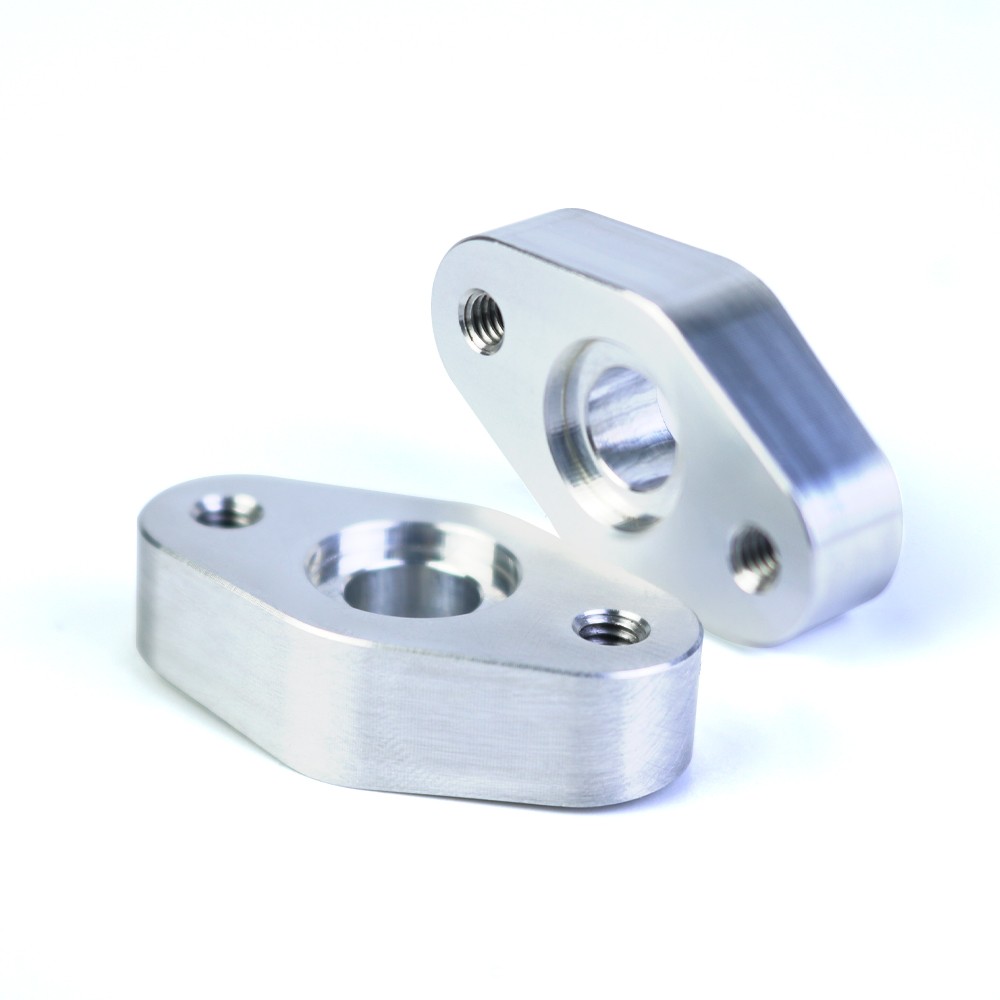CNC machining, or Computer Numerical Control machining, has revolutionized the manufacturing industry since its inception in the mid-20th century. This technology has transformed the way we produce complex parts and components, offering unparalleled precision, efficiency, and versatility. In this article, we will explore the evolution of CNC machining from its early beginnings to its current state, highlighting its impact on various industries and future prospects.
The Early Days of CNC Machining
The roots of CNC machining can be traced back to the late 1940s and early 1950s when the first automated machine tools were developed. These early systems were primarily designed for drilling, milling, and turning operations, laying the foundation for modern CNC technology . The introduction of digital computers in the 1960s marked a significant milestone, as it enabled more complex programming and increased precision through the integration of Computer-Aided Design (CAD) and Computer-Aided Manufacturing (CAM) systems .
Advancements in the Mid-20th Century
The mid-20th century saw the emergence of multi-axis CNC machines, which allowed for intricate and multidimensional machining capabilities. This development enabled the production of complex 3D components, transforming industries such as aerospace and automotive . The integration of servo motors further enhanced the accuracy and productivity of CNC machines, making them more reliable and efficient .
The Digital Revolution: From Manual to Automated
The transition from manual machining to CNC machining marked a significant shift in manufacturing processes. Manual tools, once the backbone of production, gave way to computer-controlled machines that offered higher precision and lower error margins. This shift not only improved product quality but also increased throughput and reduced labor costs .
Modern Era: The Rise of Automation and AI
In recent years, CNC machining has entered a new era driven by advancements in automation, artificial intelligence (AI), and the Internet of Things (IoT). Modern CNC machines are equipped with cutting-edge sensors and real-time monitoring systems, enabling proactive quality control and minimizing production errors . The synergy between CAD/CAM systems and CNC machines has also streamlined design-to-production workflows, allowing manufacturers to produce complex parts with unprecedented speed and accuracy .
Applications Across Industries
CNC machining has found applications across a wide range of industries, from aerospace and automotive to medical devices and consumer electronics. Its ability to produce high-precision components has been particularly beneficial in fields requiring critical safety standards, such as aerospace and medical devices . Additionally, CNC machining has opened up new possibilities in art and design, enabling the creation of intricate sculptures and custom parts that were previously impossible to produce .
Future Prospects
The future of CNC machining looks promising, with ongoing innovations expected to further enhance its capabilities. Trends such as enhanced robotics, AI integration, and IoT connectivity are set to redefine manufacturing processes, making them even more efficient and cost-effective . As technology continues to evolve, CNC machining will remain an indispensable tool for producing high-quality components across various sectors.
From its humble beginnings as a basic automated process to its current status as a cornerstone of modern manufacturing, CNC machining has come a long way. Its evolution reflects not only technological advancements but also a paradigm shift in manufacturing practices. As we look to the future, it is clear that CNC machining will continue to play a vital role in shaping the manufacturing landscape, driving innovation and efficiency across industries.
Post time: Apr-01-2025





